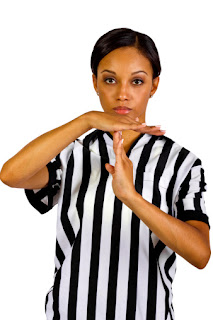Let's Admit We All Have PTSD
The American Psychiatric Association estimates that at least 3.5% of U.S. adults experience PTSD every year. I am sure we can agree that the 2020 public health crisis of a global pandemic; persistent exposure to horrendous social injustices, directly or indirectly via social media are major traumatic events that have left us in a state of hypervigilance. Addressing and resolving this state of hypervigilance is essential to restoring wellbeing. PTSD symptoms may appear soon after a traumatic experience, but could also take months or years to manifest.
PTSD symptoms could appear as (1) reliving the event; (2) avoidance of similar situations or people that trigger memories of the traumatic event; (3) feeling numb and unable to express feelings about the event; (4) always being in a state of hypervigilance and (5) even feeling disconnected from our body. Fast paced living is often a method used to not deal with our emotional health. Restorative therapeutic Yoga requires us to slow down and BE in our bodies. What I mean is that this type of practice requires us to pay attention to even the smallest movement. A consistent restorative therapeutic practice trains our brains to sit with a direct experience and over time we become comfortable BEING in the body. Take a moment for self-care by practicing Child's Pose, this restorative posture has great therapeutic benefits for improving mental well-being.
You can assess this posture by gently coming to your hands and knees (box or tabletop pose) then bring your big toes together and push your buttocks back toward your heels. A pillow can be used to support your upper body and allow for complete relaxation. Stacking your fist and placing your forehead on your hands (the spot just between your eyebrows) has an instant calming effect. Breathe slow intentional deep inhales and exhales in this posture. Alternatively, you can remove the pillow and do this pose with the knees together, so that your belly rests on your thighs. This variation is good for our gut, which is our second brain, and helps release negative energy.



Comments
Post a Comment